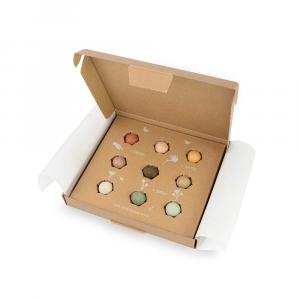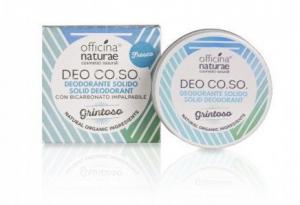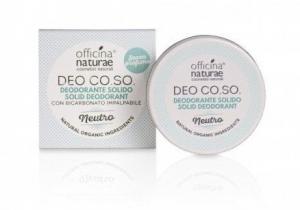Daisy (Bellis perennis)
Other names: Poorwill, Daisy, Little Daisy, White Flower, Goose Flower, Poorwill, Gypsy, Cuckoo, Hungry, Sparkle, Orphan, Six, Forget-me-not, Day-eyes, Daisy
Harm score: 1 (Natural substances)
The poor man's daisy, also known as the daisy, the little daisy, the white flower, the goose flower and many other names, is a small and inconspicuous plant, but very popular for its delicate appearance and medicinal properties. Its scientific name, Bellis perennis, refers to its long-lasting hardiness and ability to bloom almost all year round. This tiny plant with white flowers and a yellow centre grows mainly in meadows and pastures, but also in gardens as an ornamental plant. It is widespread in the Czech flora and can be found almost everywhere.
Daisy is not only a plant that can be admired in our meadows and gardens. It is also a valuable tool in folk medicine and cosmetics. Its flowers are collected and dried, after which they can be used to make a tea that has anti-inflammatory and antiseptic properties. But not only that, daisies are also included in various ointments for treating wounds, eczema and other skin problems. In cosmetics, daisies find use, for example, as an extract in products for sensitive and dry skin. Its flowers are also often used as decorations in dishes, salads and drinks. Because of its delicate and fresh scent, the daisy is also used in various cosmetic products such as perfumes, shower gels, shampoos and body lotions.
Daisy (Bellis perennis) can be found in the following products

Raw energy Orange&cocoa beans 50g
Product detail
Protein 30% Salty Caramel 50g
Product detail
Seed Bombs - Gift Box Bouquet (9 pcs) - the original gift of love
Product detail
Gusty Cream Deodorant (50 ml) - with a spicy, woody scent
Product detail
Neutral Cream Deodorant (50 ml) - without perfume
Product detail